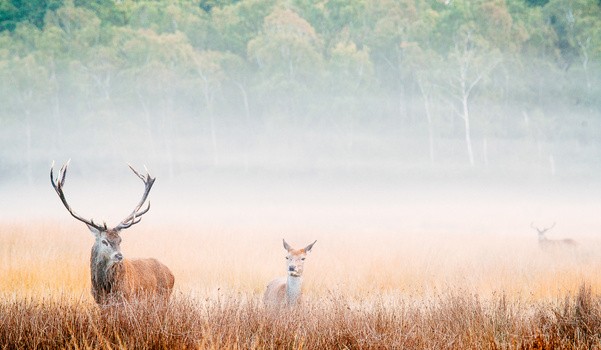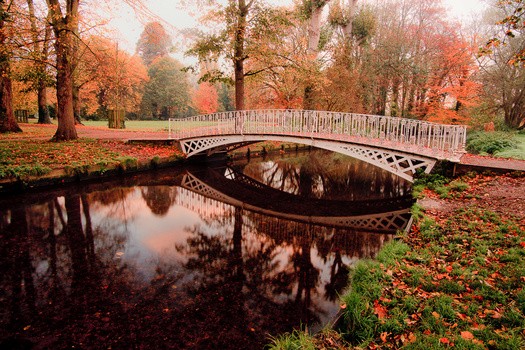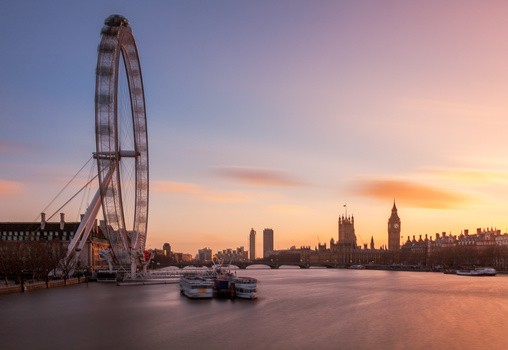Travel photography ignites a sense of adventure, doesn’t it? The idea of capturing breathtaking landscapes and vibrant cultures while getting paid is a dream many photographers chase. However, the reality of forging a successful career in commercial travel photography often diverges from this romanticized vision. This article delves into the often-unspoken truth of this industry and offers key insights to navigate the world of Travel Photography Hotspots effectively.
For over five years, I’ve worked as a full-time travel photographer. My livelihood hinges on commissions from clients who need compelling visuals of destinations to enhance their services. This isn’t about social media fame or leading workshops; it’s about the business of travel photography. And it’s within this commercial realm that the concept of “hotspots” takes on a crucial, often misunderstood meaning.
I’ve often encountered incredibly talented photographers, their portfolios bursting with stunning images from exotic locales bathed in perfect light. Looking at their work can be humbling. Yet, these are often the photographers seeking my advice on building a travel photography career. They possess the artistry, but I have the assignments. Why?

Image of Richmond Park in London, UK, showcasing a readily accessible nature and urban photography hotspot.
This paradox resonated recently when I rediscovered the Instagram account of Marc Adamus. Adamus’ work, with its pioneering spirit in landscape photography, initially inspired me to pursue this path nearly 14 years ago. He was known for venturing off-grid, capturing unseen landscapes with unparalleled skill. His work remains phenomenal, and his bio, “My passion is getting people to the best photography locations that you’ve never seen,” highlights a key aspect of his current success: leading photography tours to extraordinary places. These tours, involving planes, helicopters, and expert guides, are the epitome of adventurous photography experiences.
Contrasting this, my own portfolio is largely built around urban centers and easily accessible locations. At times, I question if the “travel photographer” label truly fits. However, I must remind myself that the core mission of a commercial travel photographer isn’t solely about discovering uncharted territories, but about creating imagery that fuels interest in a destination – often, very well-known destinations. These frequently visited places, these travel photography hotspots, are the bread and butter of the industry.

Morden Hall Park, London, pictured as an example of a local, accessible photography location with commercial potential.
Reflecting on early travels with my wife, we alternated destination choices. My list leaned towards Iceland, Norway, and the Faroe Islands, while hers featured the French Riviera, Paris, and Tuscany. We treated these trips as assignments, aiming to sell stock images. Surprisingly, images from her list outsold mine by a staggering 10:1 ratio. This happened despite my locations being arguably more unique and challenging to photograph.
In my commissioned work over the past five years, only one assignment has taken me to a truly remote, cold wilderness – Iceland, a country experiencing a massive tourism boom. While personally, I’m drawn to those wild, untamed landscapes that Adamus captures so brilliantly, my wife’s list reflects the destinations that resonate with most travelers. These are the locations with thriving travel industries, the very industries that commission travel photography. The uncomfortable truth is that a significant portion of travel photography happens in familiar, easily accessible travel photography hotspots, demanding less exploration and more targeted vision.

The London Eye, a globally recognized landmark, illustrating a high-demand travel photography hotspot for commercial purposes.
This reality means that capturing iconic landmarks like Big Ben, easily accessible by train, holds more commercial value than images from weeks spent trekking through snow-covered mountains in search of untouched wilderness. The demand lies in the recognizable, the desirable, the travel photography hotspots that draw tourists in droves.
Key Takeaways for Aspiring Travel Photographers Focusing on Hotspots
Understanding this principle is crucial for aspiring travel photographers. Here are essential lessons to consider when aiming to thrive in the realm of travel photography hotspots:
-
Curate Your Portfolio Strategically: Showcase work that resonates with the travel industry’s needs. If you aim for commercial assignments, your portfolio should feature images of travel photography hotspots that businesses can use to promote their services and destinations. Think iconic landmarks, vibrant cityscapes, and accessible natural wonders.
-
Understand Traveler Motivations: Photographers are often drawn to locations based on their photographic potential, but this isn’t the primary driver for most travelers. People travel for diverse reasons: relaxation, cultural experiences, family fun, and often to see famous places. Your photography should cater to these motivations, highlighting the appeal of popular travel photography hotspots.
-
Familiarity Sells, Uniqueness is Secondary in Commercial Work: Aspiring travel photographers often invest significant resources in capturing unseen locations, aiming for novelty. However, commercial travel photography often prioritizes presenting familiar subjects – travel photography hotspots – in fresh, engaging ways. Mastering the art of capturing iconic locations from unique perspectives is more valuable than solely seeking the undiscovered.

The Neasden Temple in London, showcasing a less expected, yet photographically rich and culturally significant urban hotspot.
-
Travel Photography is Work, Not Just Vacation: While rewarding and enjoyable, commercial travel photography isn’t a perpetual holiday. The locations you’re commissioned to photograph might not always perfectly align with your personal photographic desires. Embrace the challenge of finding creative inspiration within popular travel photography hotspots.
-
Develop Empathy for Your Audience: A crucial skill for a travel photographer is empathy. You need to understand what appeals to diverse audiences, from solo travelers to families. Looking at a popular attraction, consider why it’s a travel photography hotspot and how to capture its essence for various demographics.
-
Specialize in Urban Centers: Successful commercial travel photographers often develop specialties that thrive within urban environments, the hubs of many travel photography hotspots. Food photography, architectural photography, and street photography are all valuable niches within travel photography. My own focus on architecture and design within cities has proven to be a successful specialization.
-
Use Personal Projects for Creative Rejuvenation: Leverage your passion for exploration to maintain creative spark and prevent burnout. After several commercial shoots in well-known travel photography hotspots, plan personal projects to remote locations to recharge your creativity and bring fresh perspectives back to your commercial work.
Early in my career, a photo editor emphasized this lesson: stories about quirky bookstores in London would generate more interest than breathtaking Himalayan vistas. While the allure of disappearing off-grid to explore untouched wilderness remains strong, I now channel my curiosity into discovering unique angles within the familiar, the readily accessible travel photography hotspots. My website reflects this, positioning me as a photographer who finds endless fascination in both the iconic and the subtly unique, all within the realm of commercial travel photography.